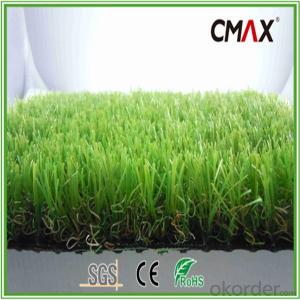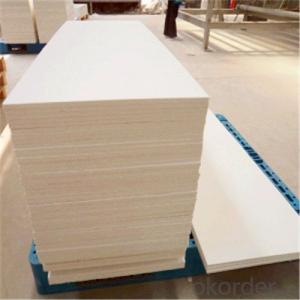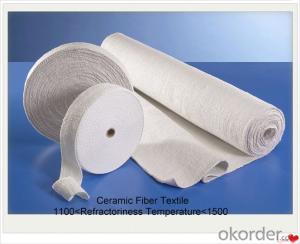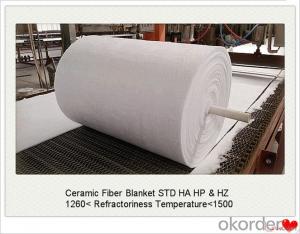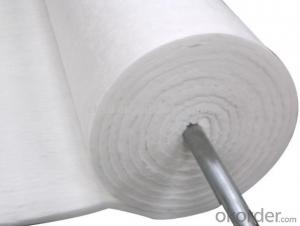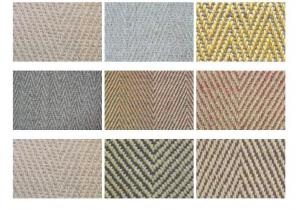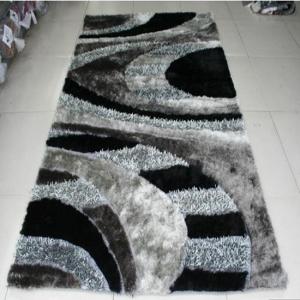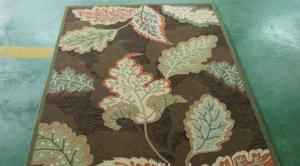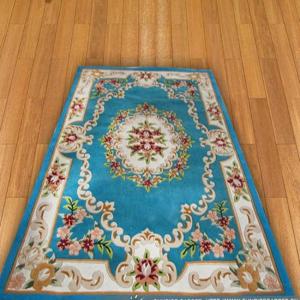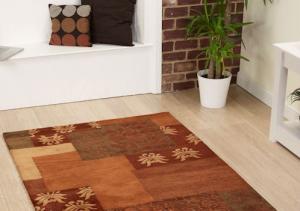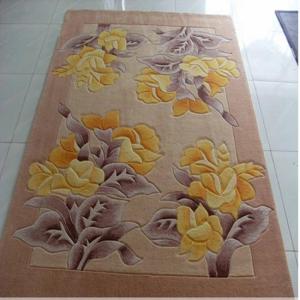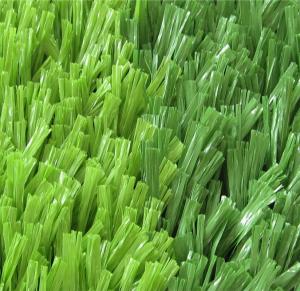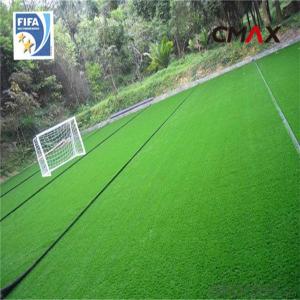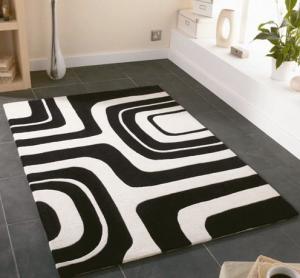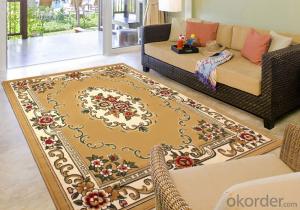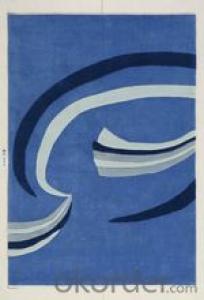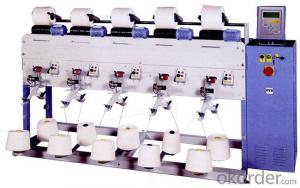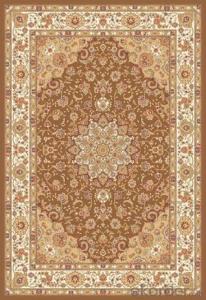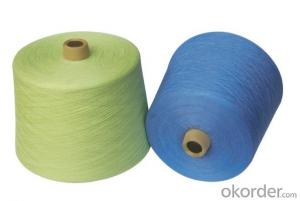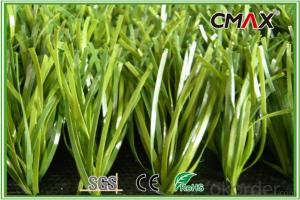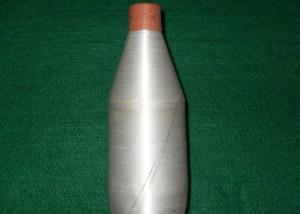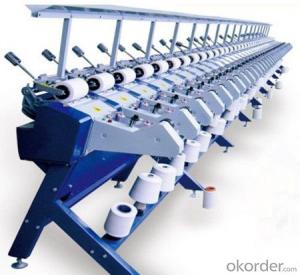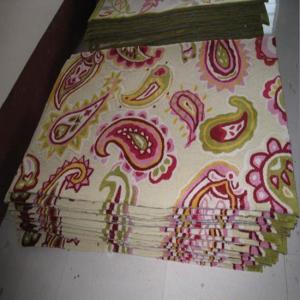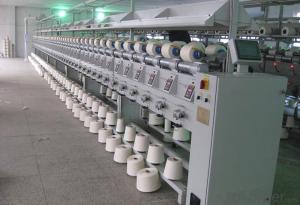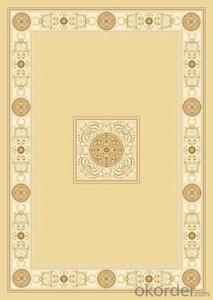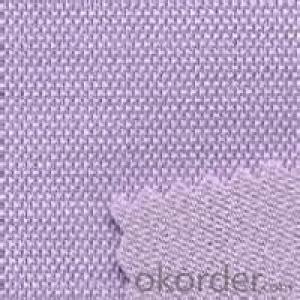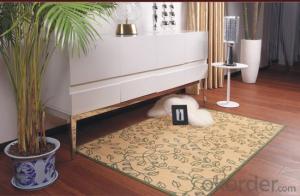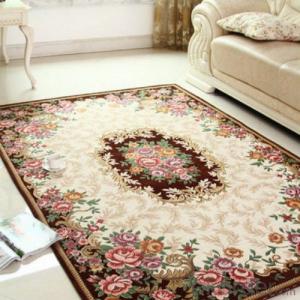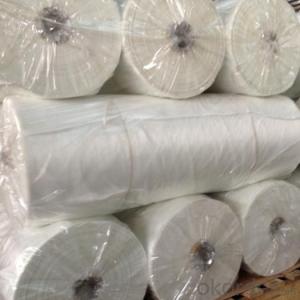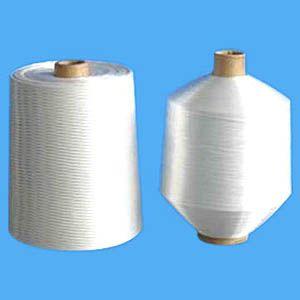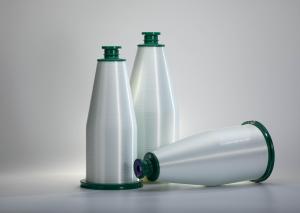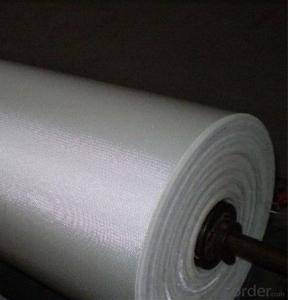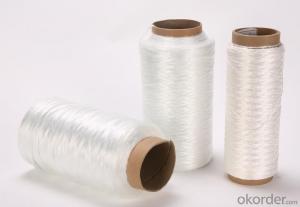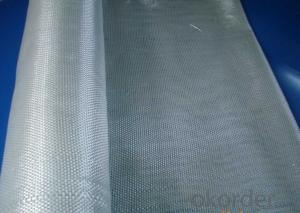Rug Yarn
Rug Yarn Related Searches
2 Inch Styrofoam Insulation Sheets Home Insulation Contractors Indoor Window Insulation Urethane Insulation Panels Fine Home Textiles Classic Wood Furnace Expanded Perlite Insulation Blown Insulation Calculator Cavity Insulation Polyisocyanurate InsulationHot Searches
Thermal Coal Spot Price Australian Thermal Coal Price Rocksol Insulation Cost Cement Fibre Cladding PricesRug Yarn Supplier & Manufacturer from China
Okorder.com is a professional Rug Yarn supplier & manufacturer, offers integrated one-stop services including real-time quoting and online cargo tracking. We are funded by CNBM Group, a Fortune 500 enterprise and the largest Rug Yarn firm in China.Hot Products
FAQ
- Fiberglass yarn is not biodegradable, meaning it cannot be broken down naturally by living organisms into simpler, organic materials. However, it is recyclable. Fiberglass yarn can be melted down and reused to create new fiberglass products. Recycling fiberglass yarn helps reduce waste and conserve resources, making it a more environmentally-friendly option compared to disposal in landfills.
- Generally, fiberglass yarn exhibits resistance to oil and chemicals. Fiberglass, a sturdy and enduring substance made from delicate glass strands, is spun into yarn and utilized in the production of various items, like fabrics and insulation materials. One of the notable characteristics of fiberglass yarn is its ability to resist chemicals and oils. Fiberglass is inherently unresponsive and does not easily deteriorate when confronted with different chemicals or oils. Consequently, it proves to be an excellent selection for situations where resistance to these substances is crucial. The resistance of fiberglass yarn to oil and chemicals proves particularly advantageous in industries such as automotive, aerospace, and manufacturing, where materials need to endure exposure to diverse chemicals and oils. It can be employed in the fabrication of gaskets, seals, filters, and other components that necessitate resistance to oil and chemical exposure. Nevertheless, it is important to acknowledge that the extent of resistance may vary depending on the specific type of oil or chemical involved. Although fiberglass yarn generally displays resistance to most oils and chemicals, it may not be completely impermeable to certain severe chemicals or solvents. In such scenarios, additional protective coatings or treatments may be necessary to enhance the resistance. In conclusion, fiberglass yarn serves as a dependable and efficient material for applications that require resistance to oil and chemicals. Its exceptional durability, strength, and non-reactive nature establish it as a preferred option in many industries.
- Indeed, the utilization of fiberglass yarn in electrical cables is possible. Renowned for its exceptional strength, durability, and resistance to both heat and fire, fiberglass yarn is highly suitable for serving as insulation and reinforcement within electrical cables. It is frequently employed as a crucial component in the fabrication of high-temperature cables, particularly in the aerospace, automotive, and industrial sectors, where extreme temperatures pose a challenge that demands cable integrity. Furthermore, the non-conductive nature of fiberglass yarn guarantees that it does not impede the electrical conductivity of the cables. All in all, fiberglass yarn represents a dependable and effective choice when incorporating it into electrical cables.
- There are several different treatments available for fiberglass yarn, including sizing, coating, and heat treatment. Sizing involves applying a protective coating to the yarn to improve its handling and processing properties. Coating can be done to enhance the yarn's performance characteristics, such as abrasion resistance, flame retardancy, or chemical resistance. Heat treatment is another treatment method used to strengthen the yarn and increase its dimensional stability.
- The stiffness of fiberglass yarn directly affects its performance as it determines the flexibility and strength of the final product. A stiffer yarn will result in a more rigid and less flexible material, which may be beneficial for applications requiring high strength and stability. However, it could also lead to reduced flexibility and a decreased ability to conform to complex shapes. On the other hand, a less stiff yarn would offer increased flexibility, making it more suitable for applications requiring bendability and conformability. Ultimately, the choice of stiffness depends on the specific requirements of the intended use of fiberglass yarn.
- Yes, fiberglass yarn is suitable for outdoor applications. It is highly durable, weather-resistant, and has excellent resistance to UV radiation, making it a suitable choice for outdoor use. Additionally, it is resistant to moisture, chemicals, and insects, further enhancing its suitability for outdoor applications.
- The diameter of fiberglass yarn plays a crucial role in determining its performance. A thinner diameter yarn typically results in a higher strength-to-weight ratio, making it ideal for applications requiring strength and durability while maintaining lightness. Thinner yarns also offer better flexibility, allowing them to be easily woven or knitted into fabrics or used for reinforcement in composites. On the other hand, thicker diameter yarns generally exhibit higher stiffness and rigidity, making them suitable for applications that require rigidity and resistance to deformation. Thicker yarns are often used in applications where structural integrity and load-bearing capacity are important, such as in construction or industrial settings. Additionally, the diameter of fiberglass yarn can also affect its thermal and electrical conductivity. Thinner yarns tend to have better thermal and electrical conductivity properties, which can be advantageous in certain applications like insulation or electrical components. In summary, the diameter of fiberglass yarn significantly impacts its performance by influencing its strength, weight, flexibility, stiffness, thermal conductivity, and electrical conductivity. The choice of yarn diameter should be carefully considered to ensure it is compatible with the specific requirements and intended application.
